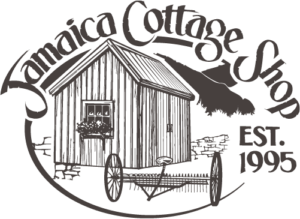Building Gravel Foundations for Sheds and Cottages
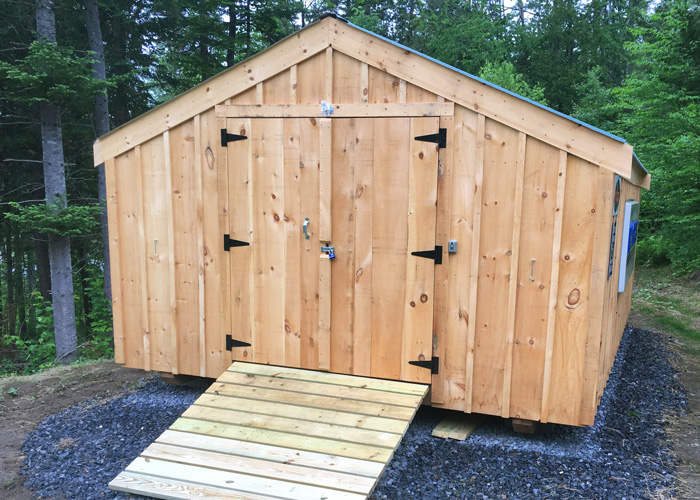
So you’ve found the perfect shed or cottage to add to your property! Now the real work begins, that is, setting a good foundation for your new building. If you want your new shed or outbuilding to last for many years, you’ll want to invest time and effort into building a solid foundation for it. […]
Solar Power for Tiny Homes and Off-Grid Living
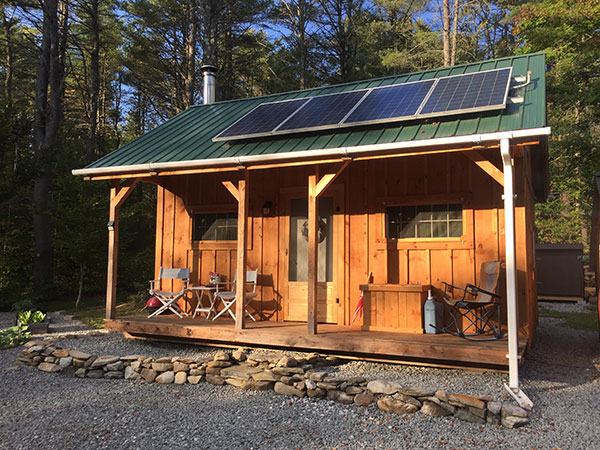
Whether you want to go fully solar in order to reduce your carbon footprint or you are attracted to solar energy as a way to gain off-grid independence, there is a lot to consider when adding solar power to your tiny home. Figuring out exactly how much energy you will need can be daunting. Your […]
Building an Outhouse Kit – How to add a Sustainable Restroom to your Property
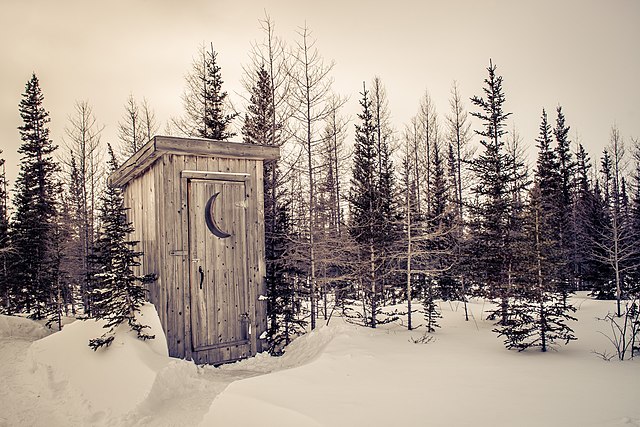
In an age of modern conveniences, the idea of an outhouse might seem quaint or outdated. However, there’s a certain charm and practicality to having an outhouse that transcends its rustic nature. They’re especially useful if you live off-grid or are passionate about protecting the environment. From connecting with nature to promoting sustainability, here are […]
Planning to Build Your Vermont Cabin
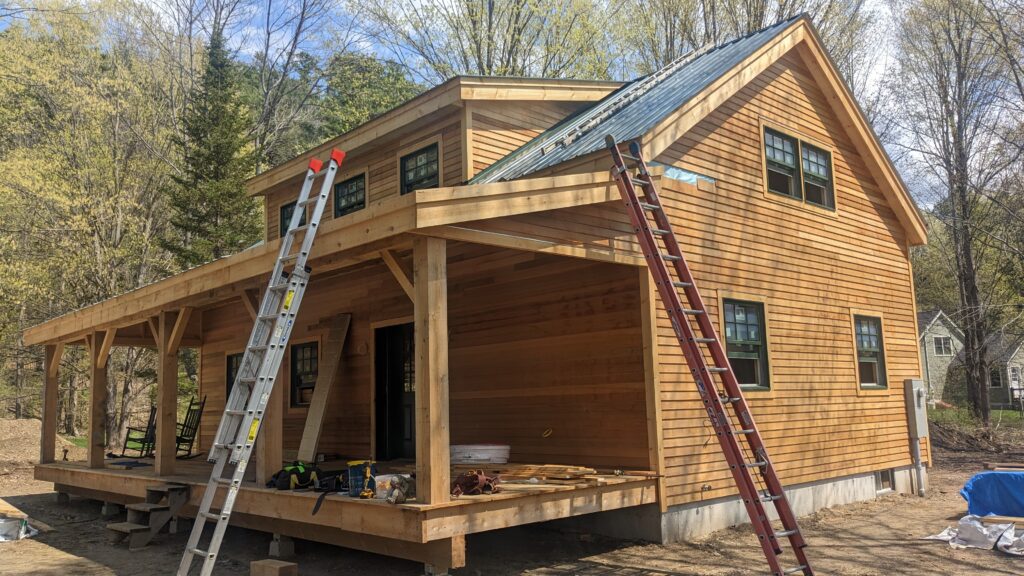
A Comprehensive Guide to the Early Stages of Cabin Building Introduction For almost three decades, Jamaica Cottage Shop has been the leader in Post and Beam building kits. New Englanders and beyond have enjoyed the convenience of Pre-Cut lumber paired with detailed instructions, along with a dedicated team in our office to support you throughout […]
Building with Strength and Style: Post and Beam Pre-Cut Kits
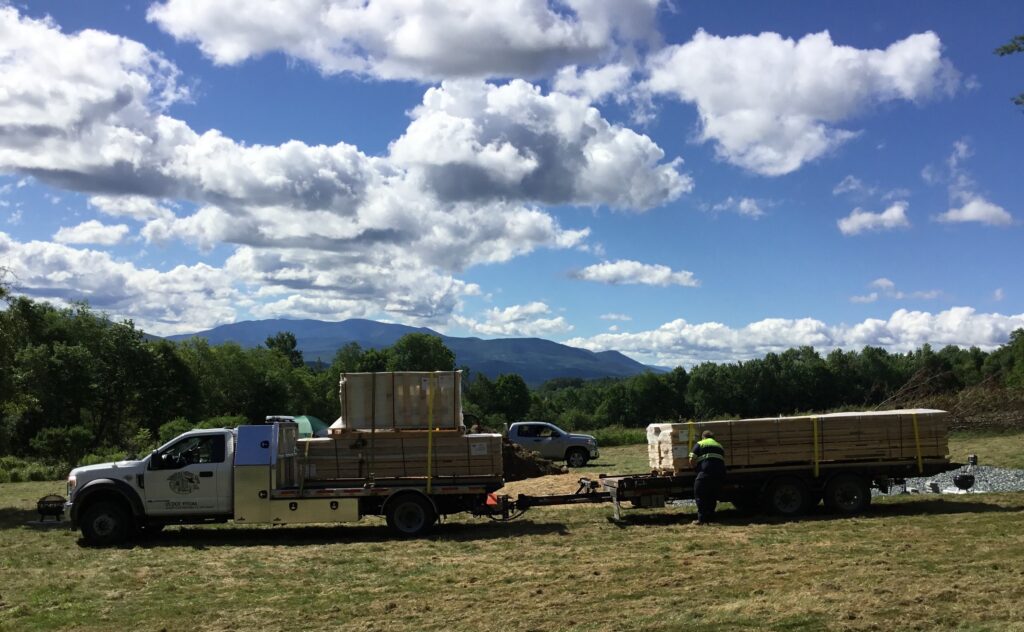
What is a Pre-Cut Kit? A Pre-Cut Kit, offered by Jamaica Cottage Shop, is comprised of a collection of building materials meticulously designed and prepared for constructing custom-built structures like cottages, sheds, cabins, garages, and tiny houses. The Pre-Cut Kit offers standard design and size options, allowing you to personalize your structure with various roofing […]
Prefab Homes vs. Fully Assembled Buildings: Exploring the Differences and Options
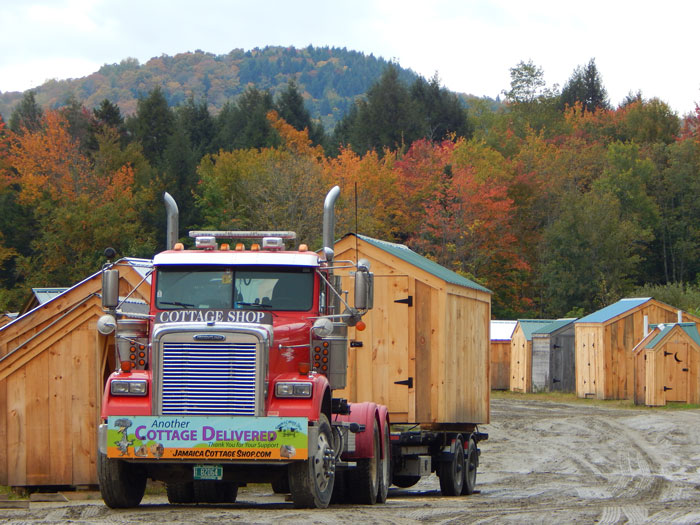
In the realm of alternative housing options, prefab homes and fully assembled buildings stand out for their unique advantages and distinctive construction processes. While they may seem similar, there are key differences between prefab and fully assembled buildings that you will want to consider if you are choosing between the two. We’re going to take […]
How Sustainable Is Building With Wood?
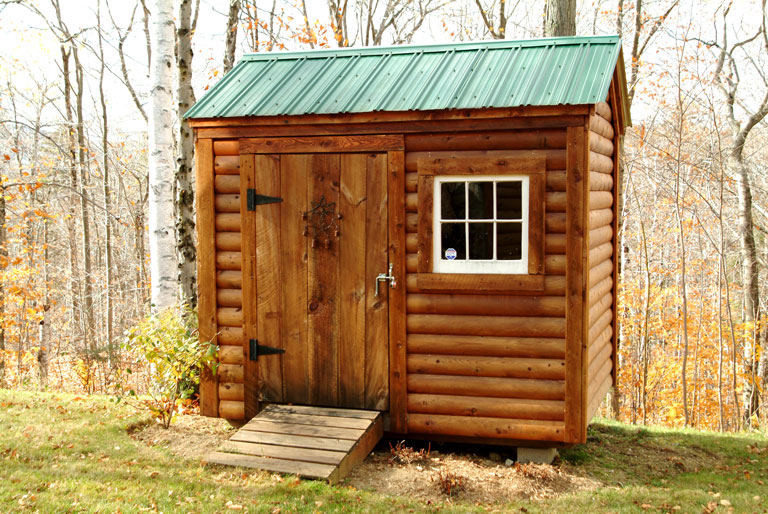
Wood is certainly beautiful, but did you know that choosing to build from wood can be environmentally friendly? While the idea of cutting down trees doesn’t sound like the ‘greenest’ thing, when you compare wood to other materials, you’ll find that that building with wood is a very sustainable choice.
Grow Your Own Micro-Garden
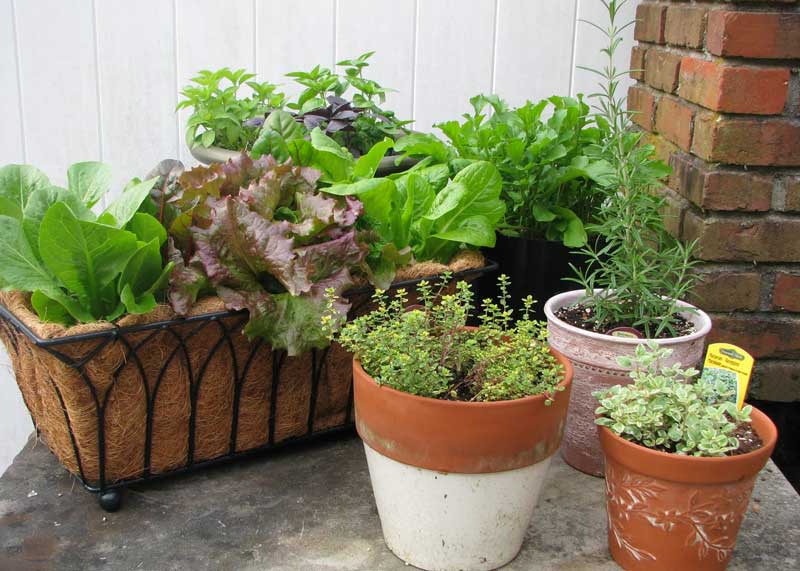
Almost anyone can grow a Micro-Garden in their home or yard!
Ideas for Turning A Shed Into A Music Studio
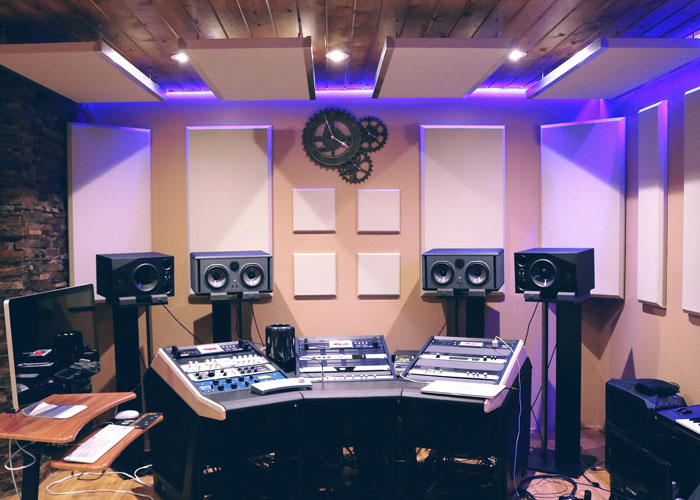
Are you looking for the perfect place to practice with your band, or mix music in peace? Renting a practice space or recording studio might be an option, but it can get expensive. To find the perfect place to make your music, you might not need to look any further than your own backyard! If […]
Beginner’s Guide to Owning Emus as Pets

Chances are you’ve seen an emu before, but maybe didn’t know what it was called. You probably remembered it though – they are big, impressive birds. But these aren’t just zoo animals! Many people across the USA keep these prehistoric-looking creatures as pets. If you are interested in having a pet emu to call your […]
Can You Build a Jamaica Cottage Shop Design In The Winter Months?
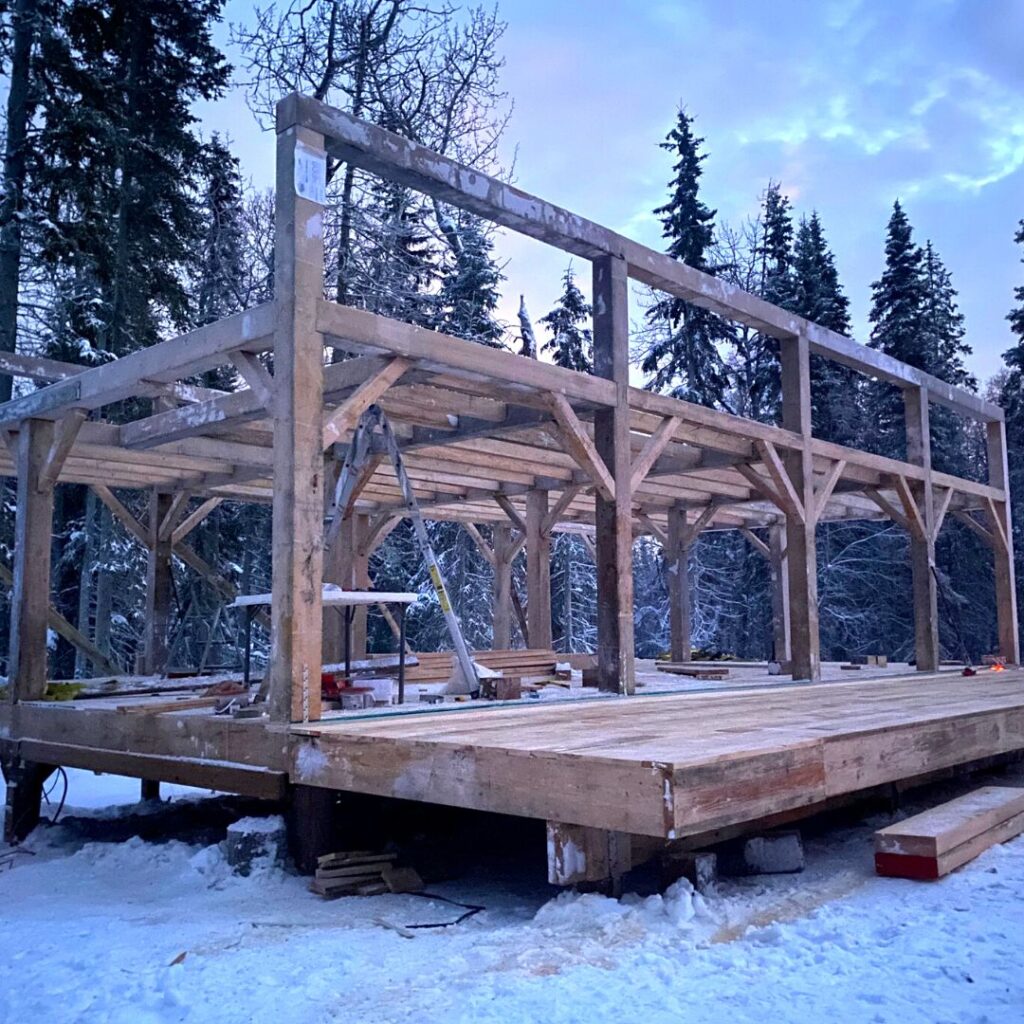
It might be less of a hassle to build in the winter months than you might think! Discover the benefits of building in winter.
How To Build An Energy Efficient Home
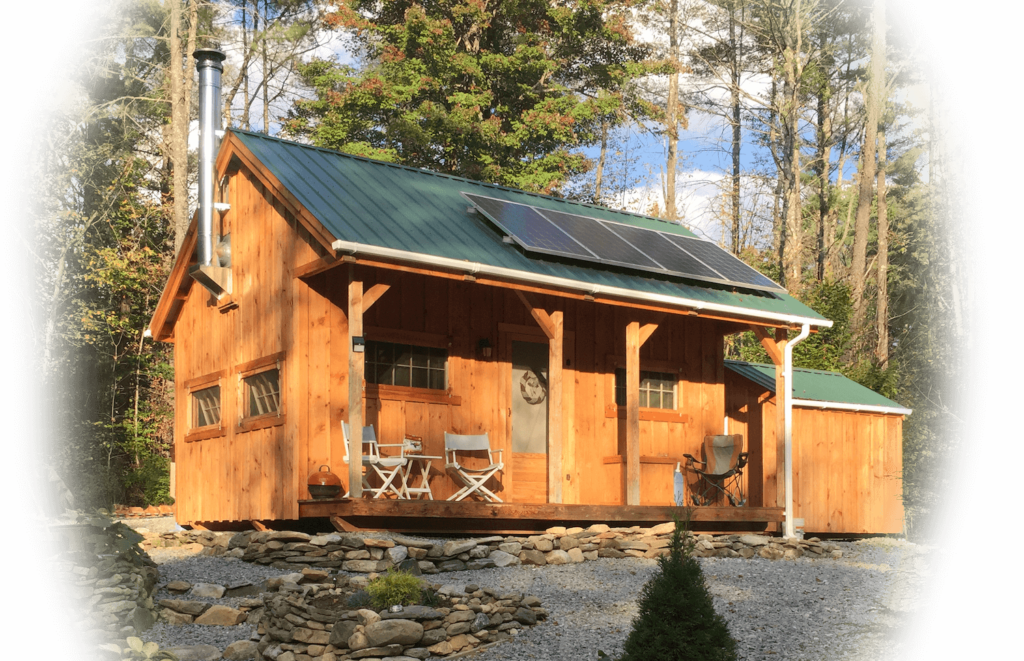
Most home buyers are generally young people in their early thirties. Millennials are the first generation to put sustainability first. The building techniques used in newer homes demonstrate how. Therefore, energy efficiency is at the top of their list of must-haves. Additionally, Millennials are aware of the fact that energy-efficient houses are more comfortable and […]
Planning a Mini-Homestead for Urban Farming
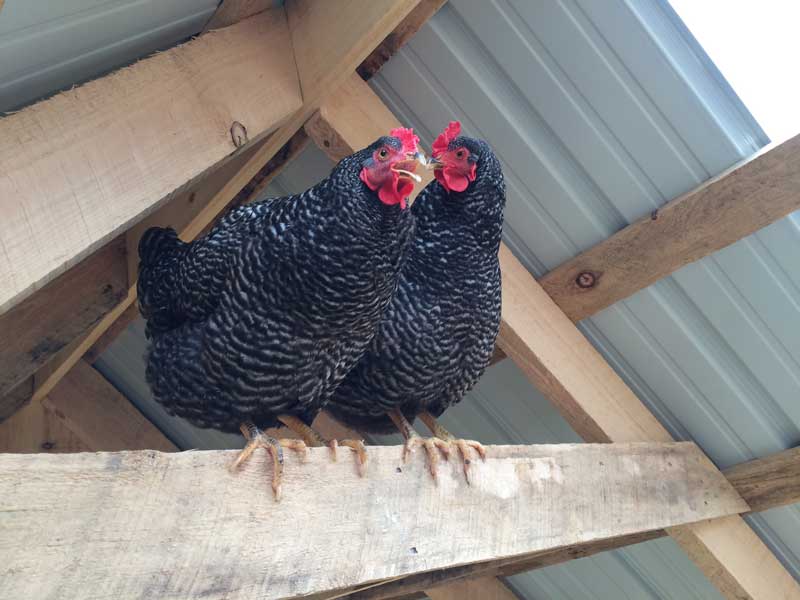
Each year mini-homesteading and urban farming enthusiasts find new ways to make their dreams come true. Read on for some tips to plan out your mini-homestead with the help of some post and beam buildings.
Basic Versus Standard Run-Ins
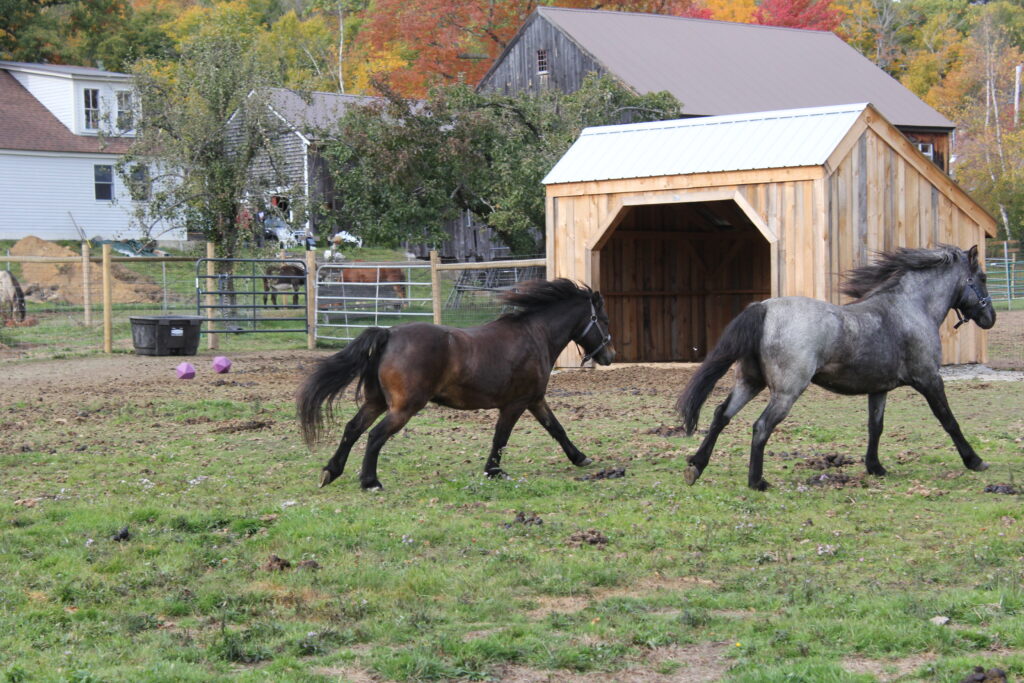
Jamaica Cottage Shop offers two styles of Run-In sheds: the basic and the standard. Learn which one works best for your needs.
Get Inspired: Simple Garage Layouts
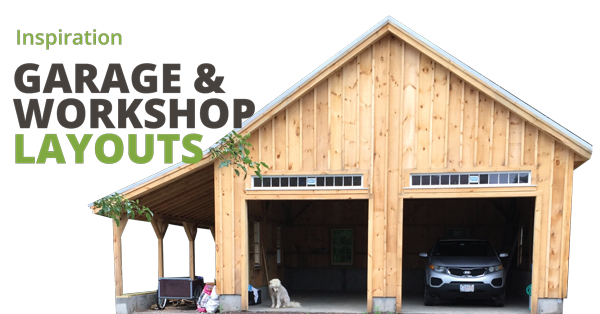
Planning the organizational flow before you start putting stuff in your garage is a helpful task that can be done fairly quickly. We created some examples with the 24×24 Simple Garage in mind.
4 Ways to Find Tiny Home Parking
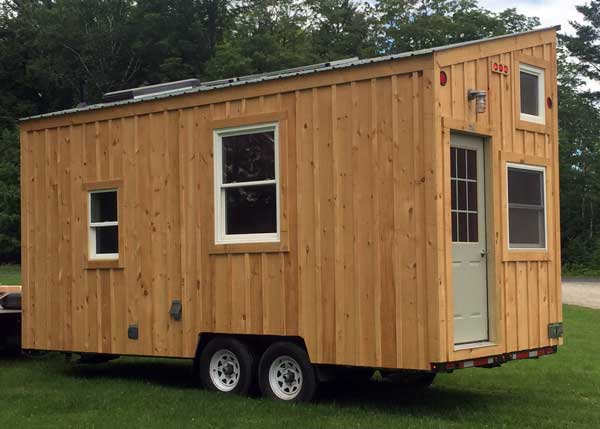
One of the biggest challenges that THOW owners face is finding a reliable place to park their homes. Buying a plot of land for your home base is an excellent idea. But if you are yearning for a nomadic lifestyle, you may want to keep your options open.
How to Sustainably Heat Your Cabin or Tiny Home

Wood stoves, pellet stoves, propane heaters, and heat pumps. What is the best heating solution for your post and beam home?
Building Budgeting 101: 10 Tips for Financing Your Project
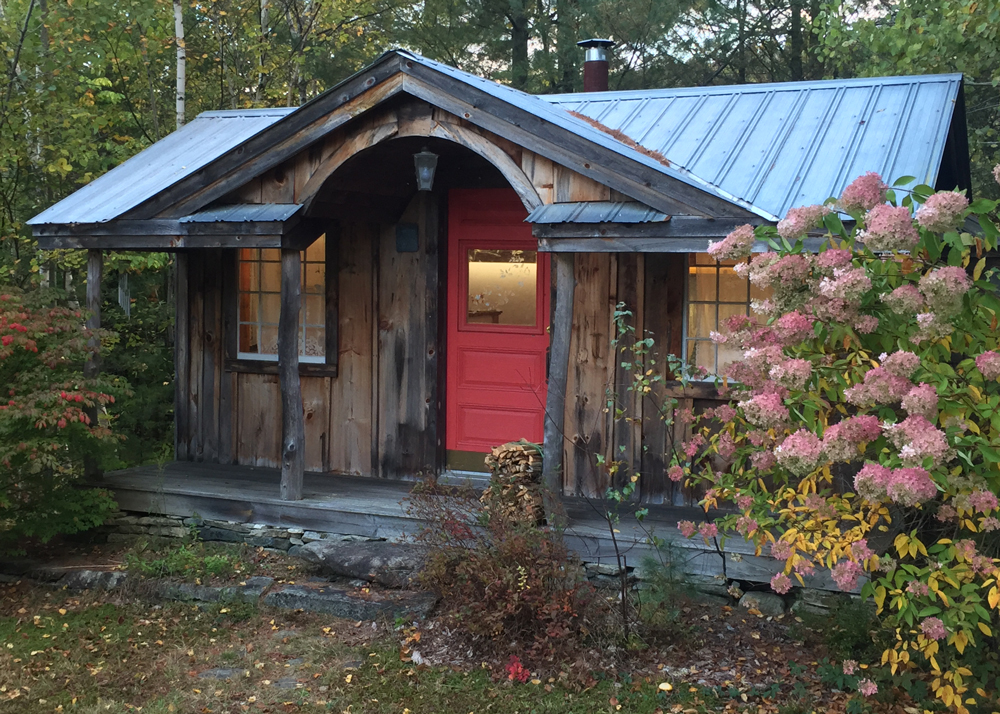
Maybe you don’t want to take out a loan to pay for your next project. Here are some ideas to save your hard-earned cash and meet your goals.
Four Sugar Shack Building Essentials
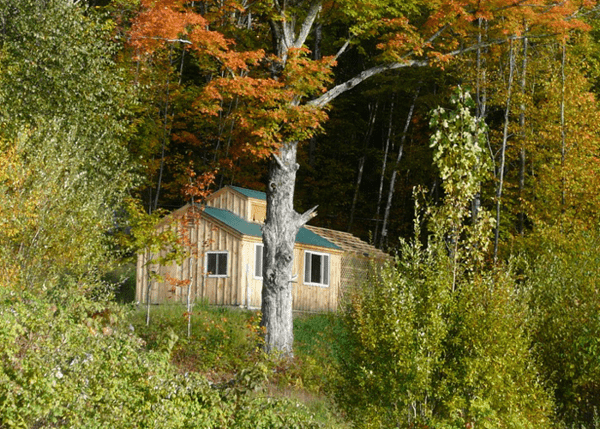
Learn about the four Sugar Shack building essentials and components that you will want to consider before construction.
How to Decide on Land
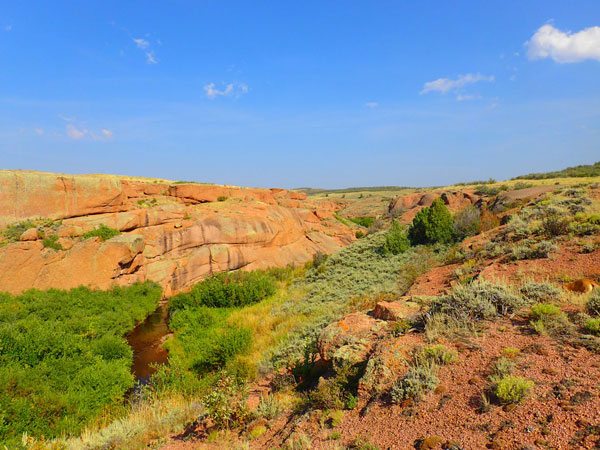
Knowing what to expect will help manage your expectations and avoid hiccups throughout the process of deciding on land.
Convert Your Shed into a Backyard Office
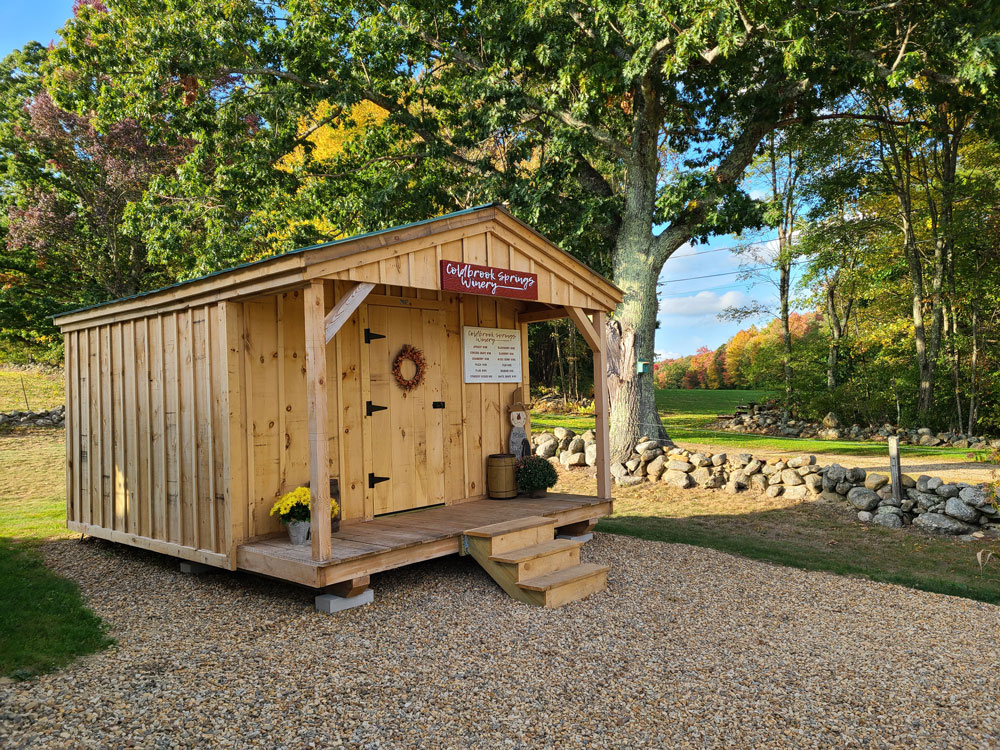
With remote working opportunities on the rise, it’s an ideal time to get set up with a home office. Create a separation from your work and household by converting your shed into a backyard office.
How to Prepare for Building Permits
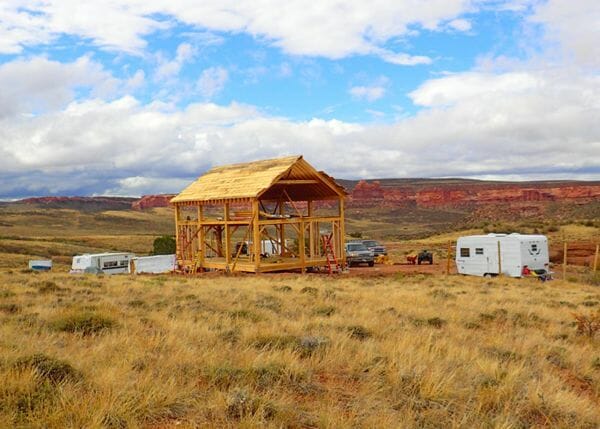
Understand what is required to obtain a permit before buying a post and beam building.
Building Site Preparation for your Cottage, Barn, or Shed
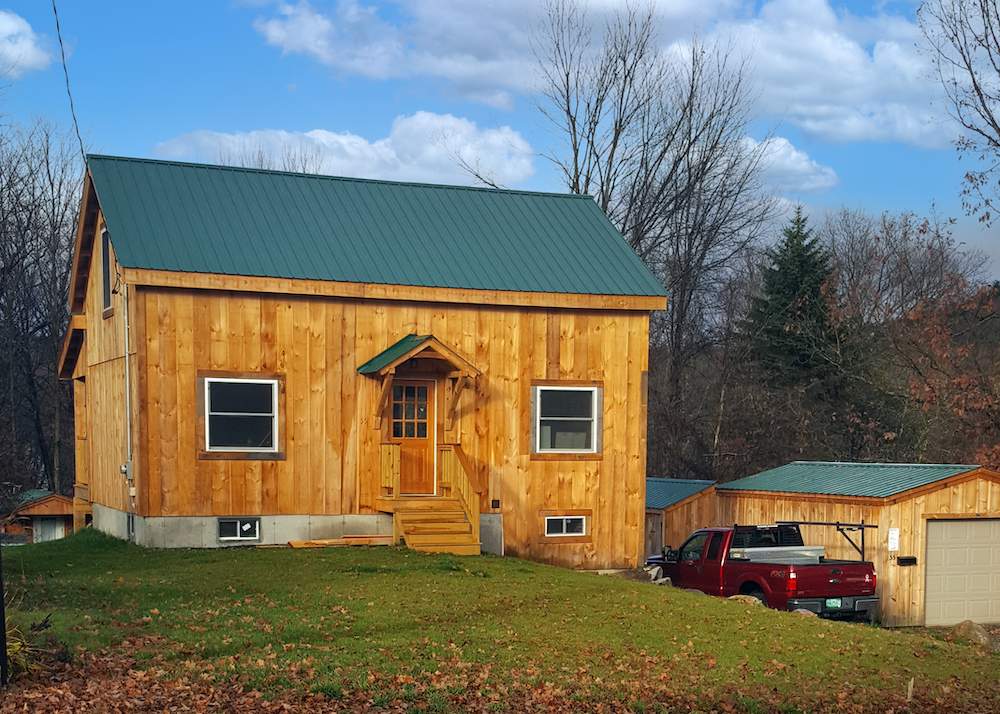
We at Jamaica Cottage Shop know that a successful build starts with a good foundation. Whether you are adding a small shed or cottage to your yard, or planning something more on the scale of a garage or large cabin, knowing how to properly prepare your building site will save you time and money in […]
Rustic Glamping With Cabins
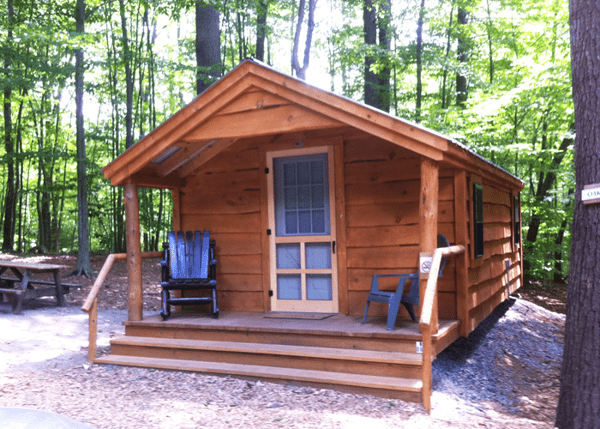
Summer is here and undoubtedly is the best time get outdoors and go camping. Setting up a perfect site for cabin camping can enhance the overall outdoors experience.
Termite Terror! Tips for Avoiding Infestation

No household pest causes more alarm than termites. These insects have an insatiable appetite for wood, which can lead to costly property damage. Learn how to detect and prevent a termite infestation!
Build of the Month: The Vermont Cabin
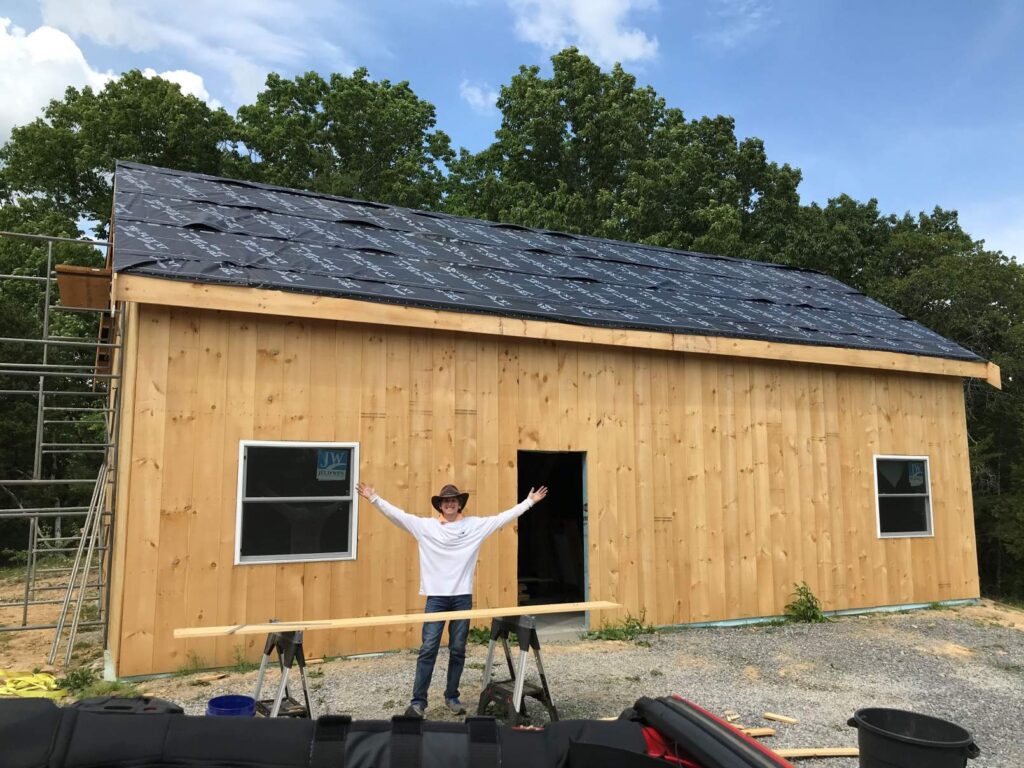
Our timber frame cabin kit is probably our most popular housing choice amongst our customers. This small home design comes with a full loft making it spacious enough for a family to have room to stretch and to avoid being on top of each other. The simplicity of the design is attractive with its shiplap pine siding, metal roof and the mortise and tenon framing makes this cabin kit very strong once the construction has been completed.
How to Finance a Tiny Home or Cabin

One of the necessary things you should consider before getting financing for your micro house kit is your budget. Why? Of course, your budget will determine your amenities and location. Knowing at least a ballpark will help you stay within your means or think of creative ways to afford everything you want in your dream home.
Planning, Time Frame and Costs: Preparing for a Cabin Build
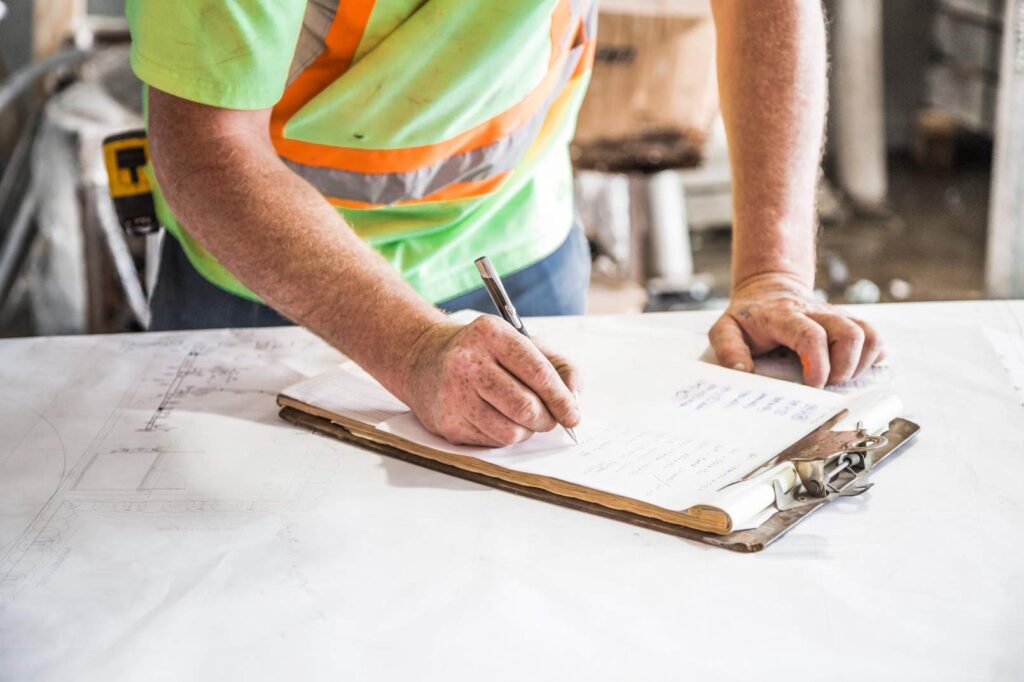
Here are a few very important points you will want to cover before you begin your post and beam home build.

